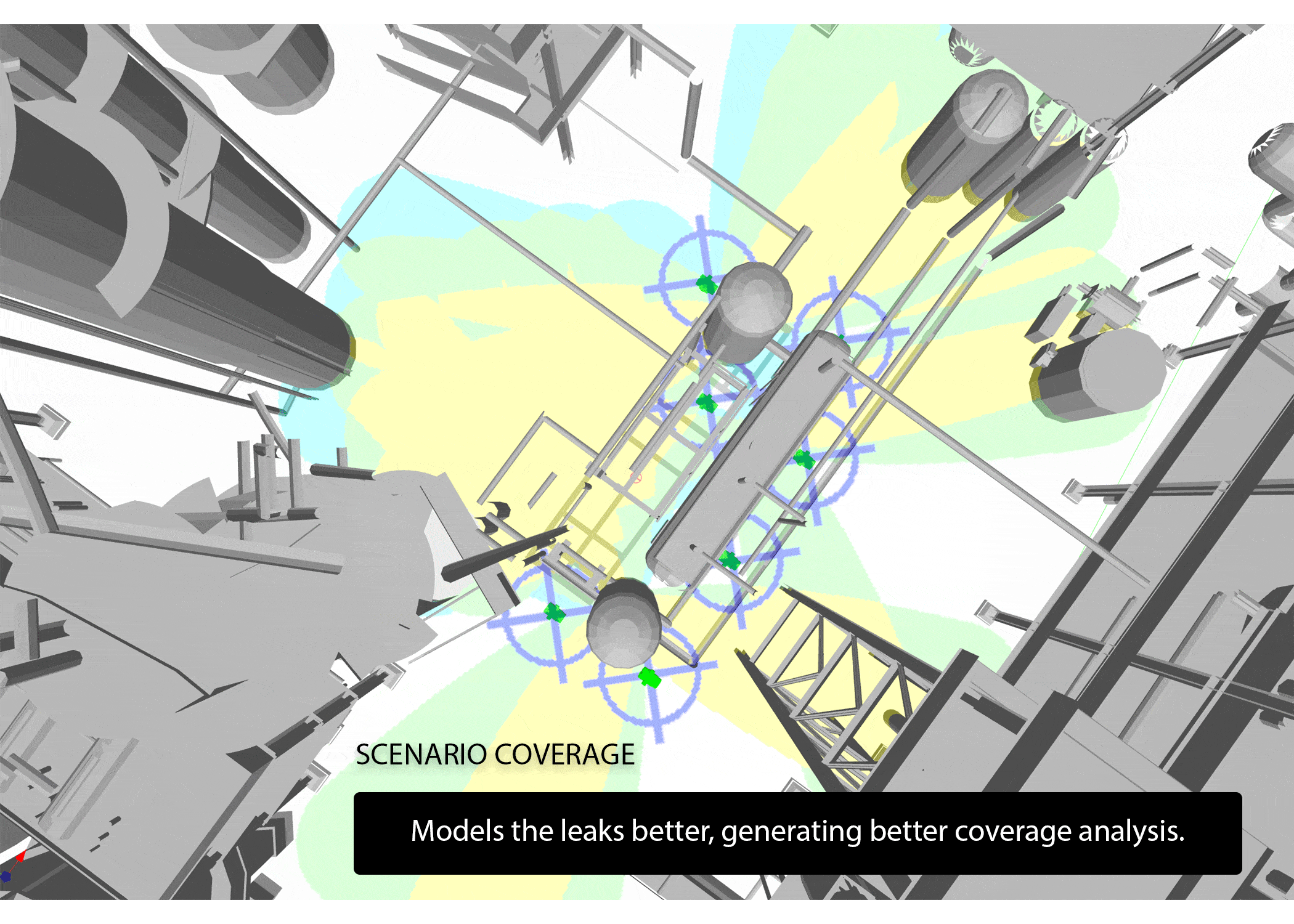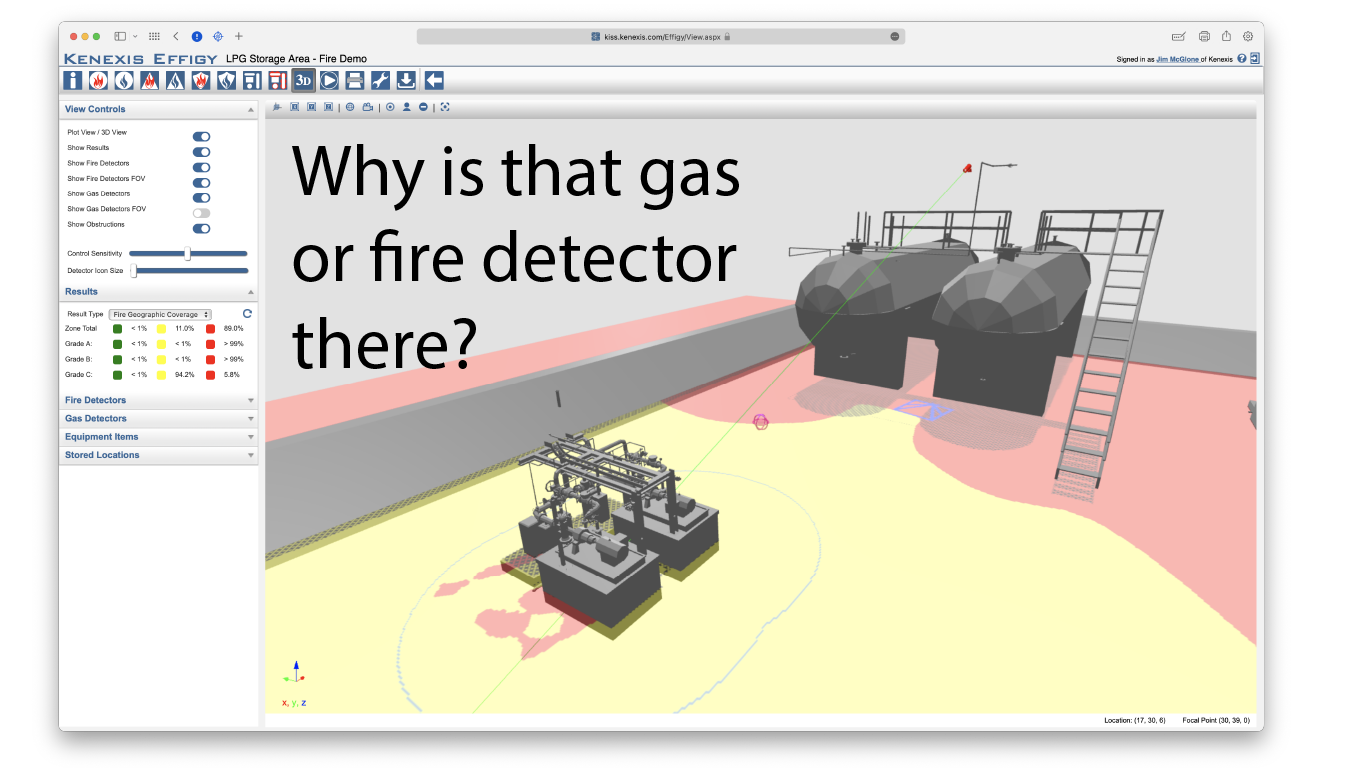Have you ever wondered why a gas or fire detector is installed at a location. Maybe someone walking through your facility asked you why a detector was installed at a particular location. Scrambling to find an answer at that point is probably useless, you already revealed that you don’t know and maybe no one else onsite knows.
We should know what our detector coverage requirements are and how they reduce the risk in case of a loss of containment to a manageable level. We should have engineering documents that demonstrate the required and agreed upon coverage requirements and that the detector array meets those coverage requirements.
We should also know when a detector is out of service and what that does to the risk profile in the area. The detectors are there in case something escapes containment for initiating the mitigation system. In a bowtie diagram, they are mitigation on the right-hand side of the diagram and a key part to managing risk.
In this webinar we will quickly go through how we engineer where detectors are positioned and some of the science behind the engineering. We will discuss the process and even design a small system live and calculate coverage to see if it meets the requirements.
The class taught by the ISA.org on this subject takes days, so this webinar will be a little longer than the normal one-hour sessions. I expect it will take about 90 minutes but might run up to two-hours depending on questions.
Share This Story, Choose Your Platform!

